Everyone has heard of Pinot Noir, but did you know there are at least 13 common light red wine varieties?
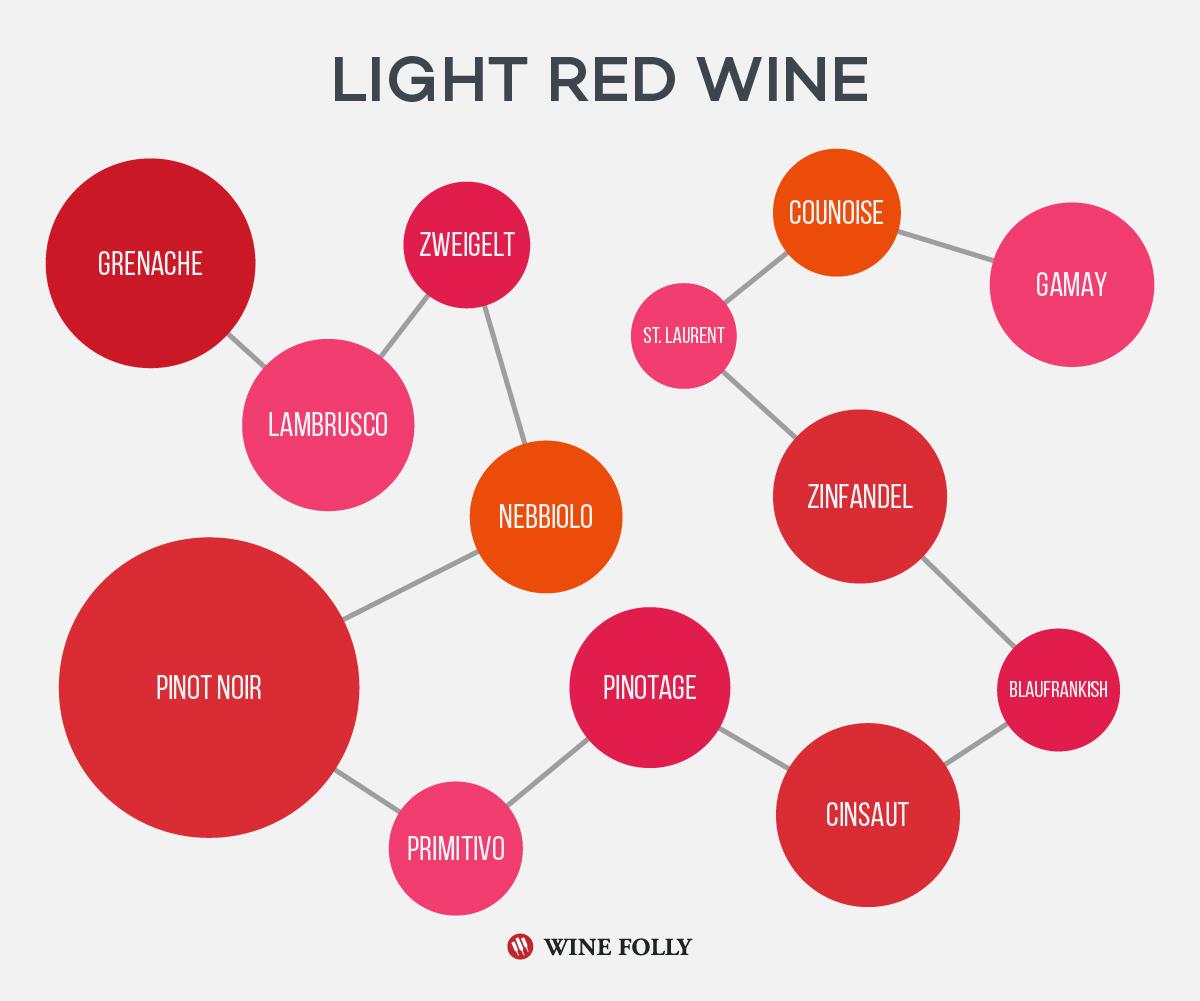
Do You Know All 13 Light Red Wine Varieties?
Light red wines are awesome because they pair well with a wide variety of foods. Plus, they tend to have lower tannin. It makes this style of wine a great choice for those just getting into red wine.
I’ve listed them for you from lightest to richest (keep in mind that every wine is a bit different, so results will vary!).
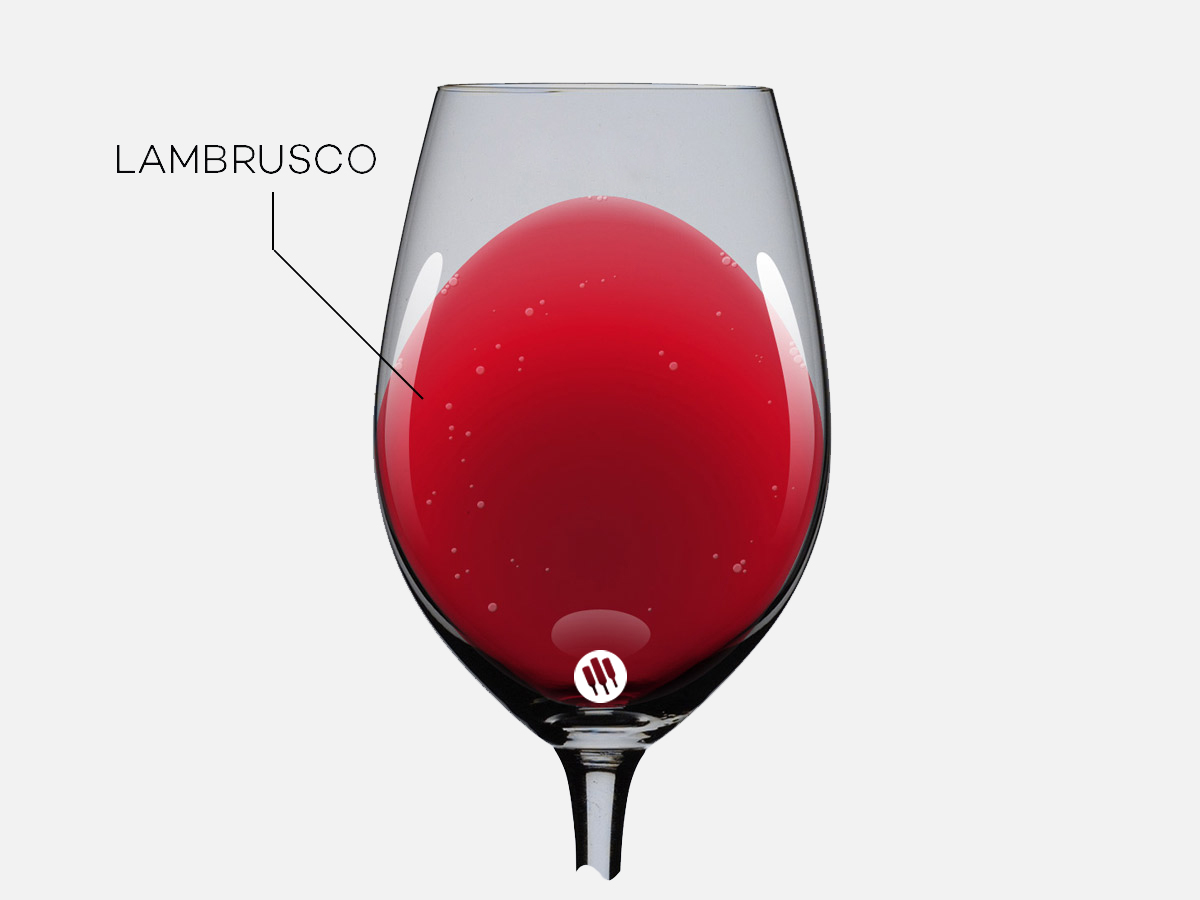
Lambrusco
The common winemaking method for Lambrusco makes it the lightest red wine on our list. In fact, if you want to nit-pick, Lambrusco di Sorbara is the lightest of them all.
Lambrusco is the name of several wine grapes native to Emilia-Romagna in Northern Italy (Same region as Parmigiano-Reggiano). There are about 15 kinds of Lambrusco grapes, but about 6 are commonly known. If you’re looking for great quality, start with Lambrusco di Grasparossa and Lambrusco di Sorbara.
What does Lambrusco taste like? Typically a little bubbly, Lambrusco ranges from strawberries to blueberries with a pleasant hint of bitterness.
Lambrusco Serving Temperature: 49°F – 54°F Medium chilled, making it a refreshing summer wine.
Gamay
Gamay (aka Gamay Noir) is better known as Beaujolais, which is the region in France where Gamay originates. Family wineries like Pasquier-Desvignes have been producing Gamay in Beaujolais since the 1400s.
Gamay is a “drink now” wine, meaning it should be consumed within a year or two after being bottled. In fact, Beaujolais Nouveau is designed to be enjoyed as soon as a month or two after its release, between Late October and January.
What does Gamay taste like? Gamay can taste quite similar to Pinot Noir, falling more on the earthy side with flavors of cherry, herbs, and sometimes banana. The banana flavor in Gamay is a result of a winemaking process called carbonic maceration.
Gamay Serving Temperature: 54°F – 59°F Slightly chilled.
Zweigelt
Zweigelt was created during the age of viticulture experimentation in the 1900s, which also brought us Pinotage and Müller-Thurgau. Zweigelt is a hybrid of St. Laurent and Blaufrankish made in Austria.
Winemakers may use oak or blend Zweigelt with other indigenous varieties, such as St. Laurent, to make the wine less “juicy” and more complex. Because of its lack of tannin and often acidity, you’ll want to drink it young.
What does Zweigelt taste like? With a purple hue it has flavors of fresh berries with somewhat crunchy tannins.
Zweigelt Serving Temperature: 54°F – 59°F Slightly chilled.
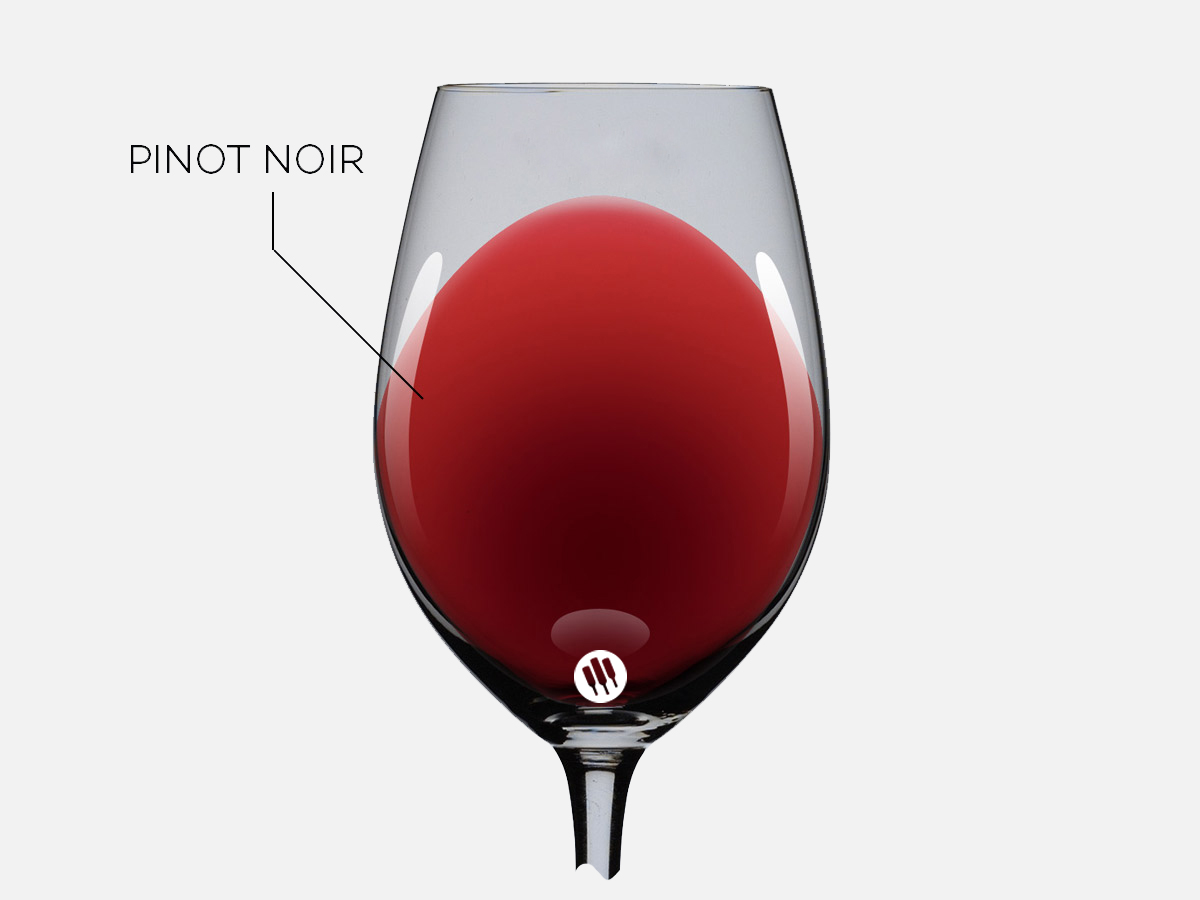
Pinot Noir
Pinot Noir sets the benchmark for light red wine. It is the most widely grown wine variety, originally cultivated by Cistertian monks in Burgundy, France. Pinot Noir’s high acidity and low alcohol make it a great wine for long term aging.
What does Pinot Noir taste like? Since Pinot Noir is so widely cultivated, each of the major regions have very different taste profiles ranging from bitter cranberry to black raspberry cola. Pinot Noir is a highly aromatic, lower tannin wine.
Pinot Noir Serving Temperature: 59°F – 64°F Just cool.
St. Laurent
This special Austrian grape is in the same family as Pinot Noir! Wines are typically darker and richer than Pinot Noir. In fact, I might wager to say that St. Laurent may be the most underrated light red wine on this list.
What does St. Laurent taste like? Tasting very similar to Pinot Noir but darker, St. Laurent packs black raspberry flavors with a pleasant earthy note. St. Laurent is often aged in oak making this wine very lush.
St. Laurent Serving Temperature: 59°F – 64°F Just cool.
Cinsaut (cinsault)
Cinsault is one of the 17 sanctioned varieties used in Châteauneuf-du-Pape and is found mostly in the South of France. Cinsault has long been used in low quality wines because of the vine’s ability to produce high yields of 6 tons per acre (versus pinot noir at 3 tons/acre). However, reducing the yields has produced richer wines which showcase Cinsault’s distinct savory characteristics.
What does Cinsault taste like? Meaty aromas that could be described as “hotdog” but mostly Cinsault is savory with hints of pepper and cherry.
Cinsault Serving Temperature: 63°F – 67°F Cool room temperature.
Pinotage
Championed in the early 1900’s as South Africa’s grape, it is actually a cross between Cinsaut and Pinot noir. Pinotage developed a bad reputation from years of use as a value wine. Poor examples were noted as smelling like nail polish remover, hardly even drinkable. Since those dark years it’s seen some much deserved appreciation from higher quality producers.
What does Pinotage taste like? Brambly like wild blackberries with a meaty flavor.
Pinotage Serving Temperature: 64°F – 69°F Cool room temperature.
Primitivo
Southern Italy’s Primitivo is identical to Zinfandel. That said, the Primitivo wines from Puglia can be a bit lighter in style. A fruit-forward wine, most Primitivo wines are aged in American oak to add spice and vanilla.
What does Primitivo taste like? Raspberry jam with earthy hints of clay.
Primitivo Serving Temperature: 63°F – 67°F Cool room temperature.
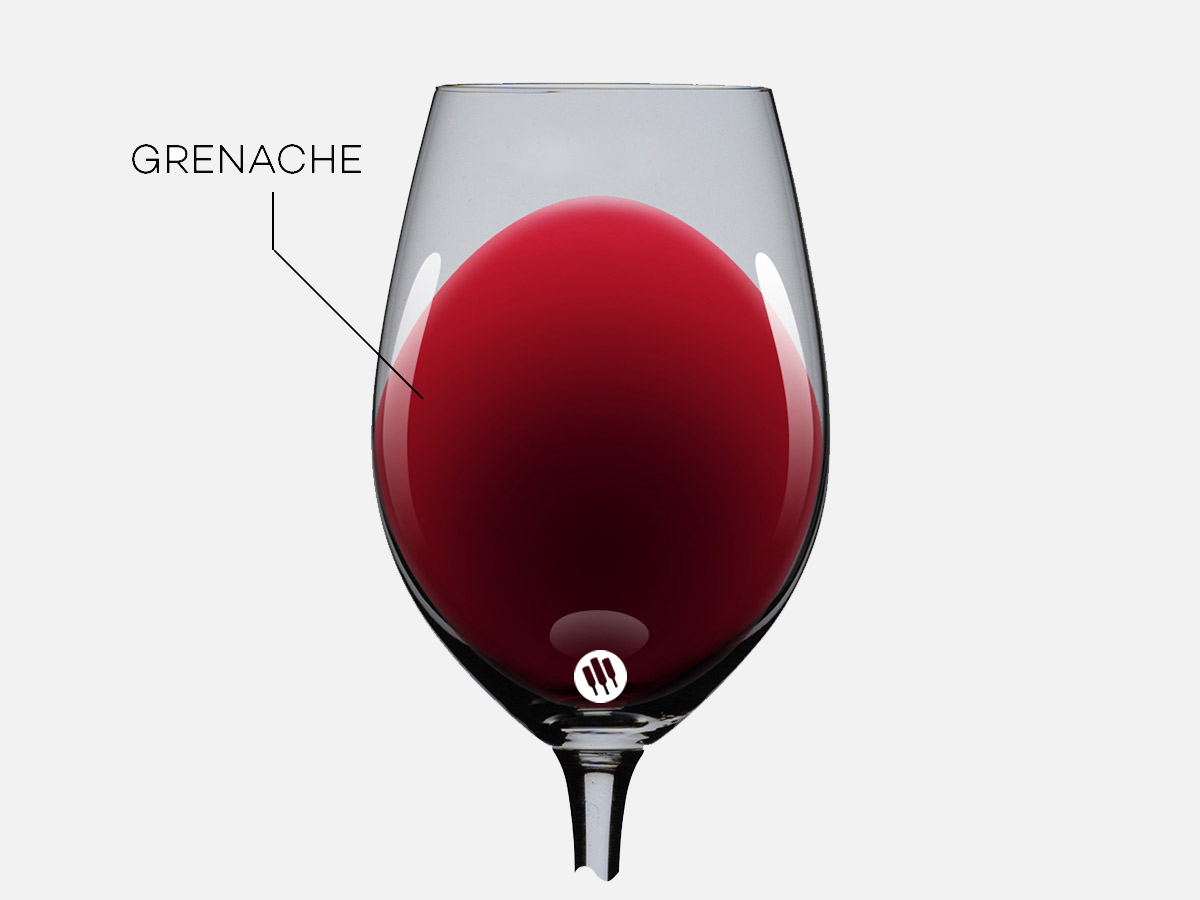
Grenache
Grenache is a grape variety made popular by producers from the Rhône in France and all over Spain (where it’s known as Garnacha).
It’s used as the primary blending grape in Châteauneuf-du-Pape and is also the “G” in GSM blends. When blended, it adds a very desirable spice and aromatic characteristics to the wine. On its own, Grenache is lighter bodied with higher acidity.
What does Grenache taste like? Grenache is floral with slight hints of citrus. The berry flavors in Grenache are cherry, raisin and red currant.
Grenache Serving Temperature: 60°F – 65°F Room temperature.
Counoise
Counoise is one of the sanctioned varieties used in Châteauneuf-du-Pape and is a low-yield, high quality grape. It is often used in blends to add complexity, spice, and anise.
What does Counoise taste like? Light plum, strawberry, pepper and licorice. Counoise has higher acidity with a medium length finish.
Counoise Serving Temperature: 60°F – 65°F Room temperature.
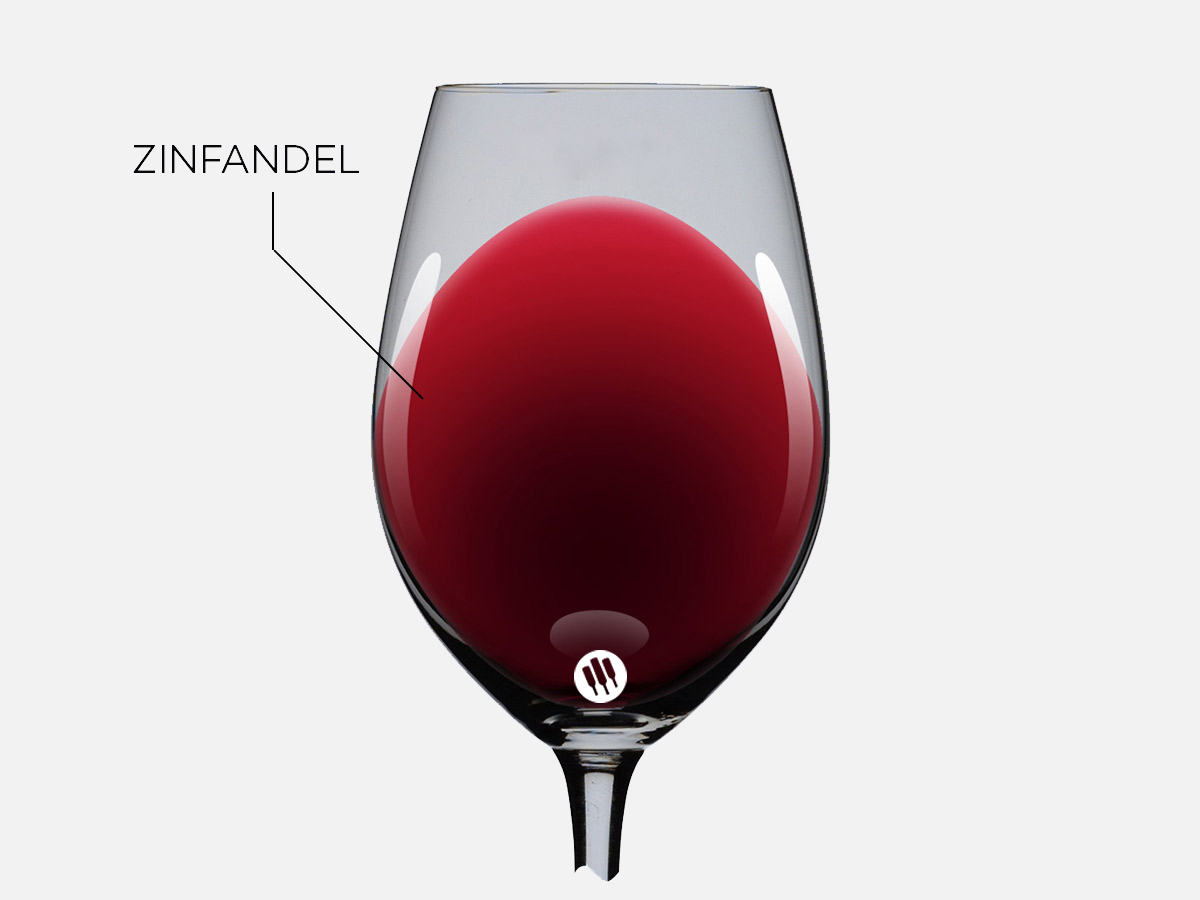
Zinfandel
America’s sweetheart grape, zinfandel is known for its intense jammy fruit flavors while still being very light bodied. Read why Your Next Bottle Will be a Zinfandel.
What does Zinfandel taste like? Ranging from black raspberry and mocha to spicy strawberry jam. Zinfandel is typically a higher alcohol wine.
Zinfandel Serving Temperature: 65°F – 69°F Room temperature.
Blaufränkisch (Lemberger)
A German grape variety that has a dark purple hue with higher tannins than you’d expect in a light red wine.
What does Blaufränkisch taste like? American Lemberger producers make wines similar to that of a very rich Pinot Noir. While in Germany the flavor of Blaufränkisch tastes of blackberries with a green earthy finish.
Blaufränkish Serving Temperature: 62°F – 65°F Cool room temperature.
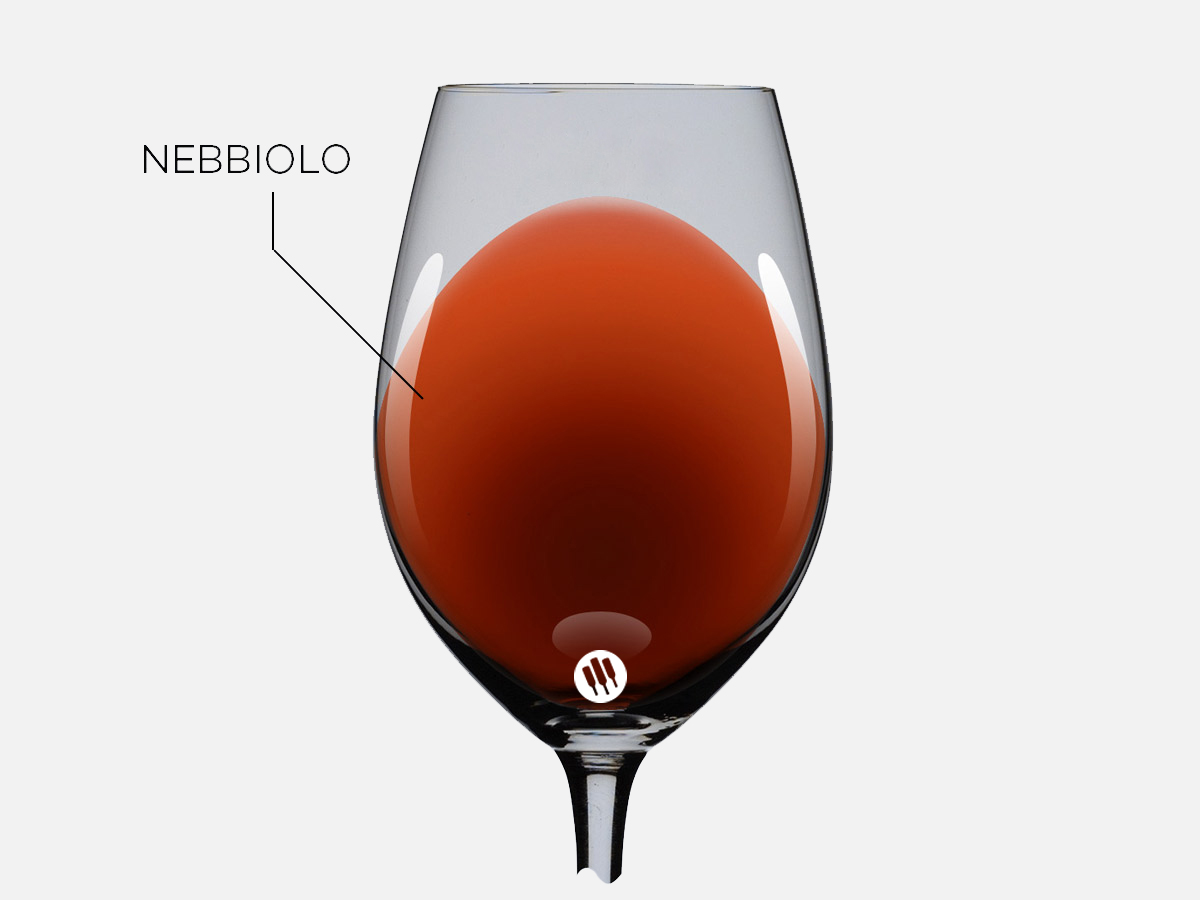
Nebbiolo
Nebbiolo is one of Italy’s most famous grapes, known for its use in Barolo and Barbaresco. It’s a high tannin, light red wine that will dry out the front and insides of your cheeks. Nebbiolo smells like roses, clay and cherries.
What does Nebbiolo taste like? Intense tannins, pepper, rose and savory red currant flavors.
Nebbiolo Serving Temperature: 62°F – 65°F Cool room temperature.
Round out your red wine learning with the “How Wine is Made” poster set – it breaks down how delicious Reds and Whites go from ground to table.